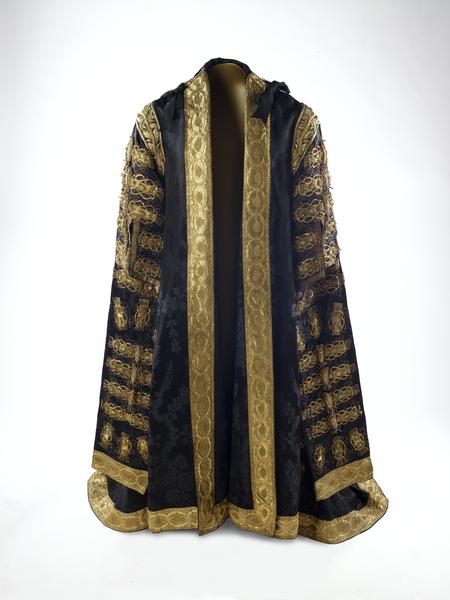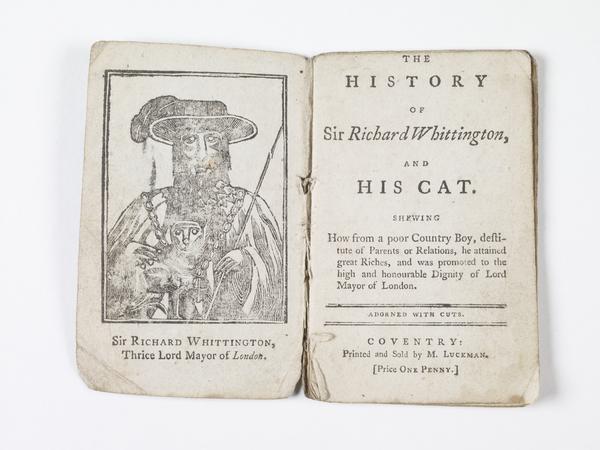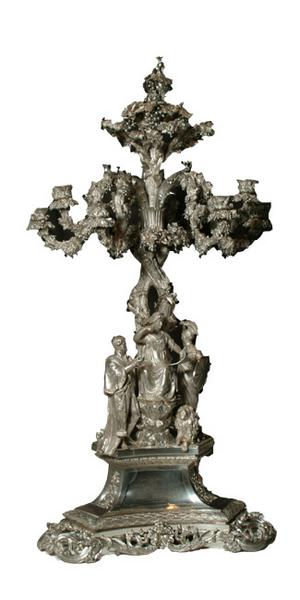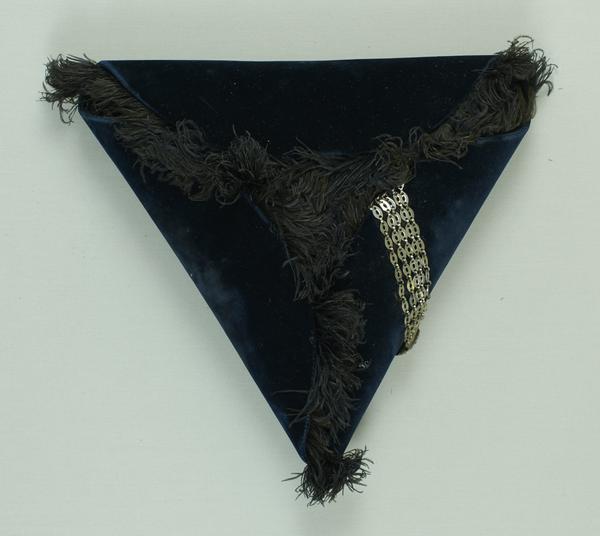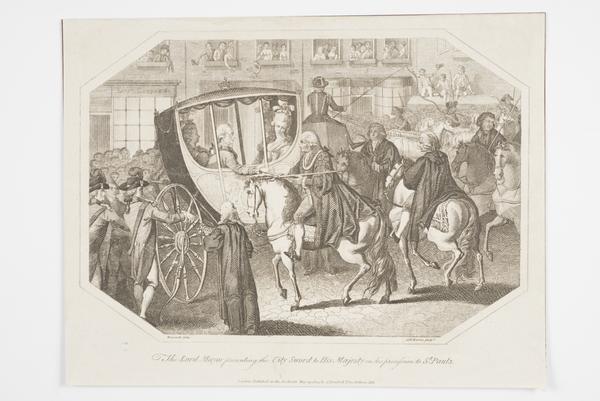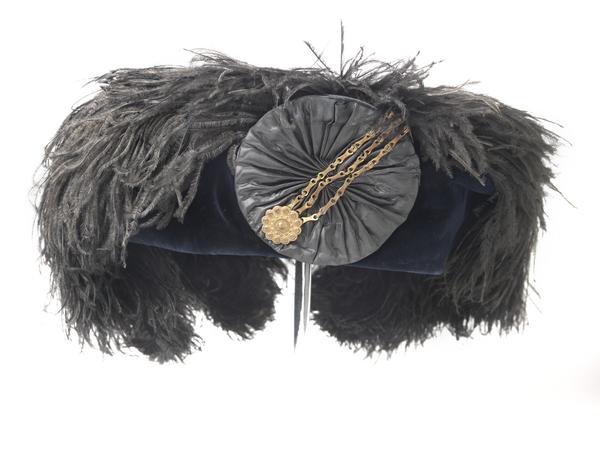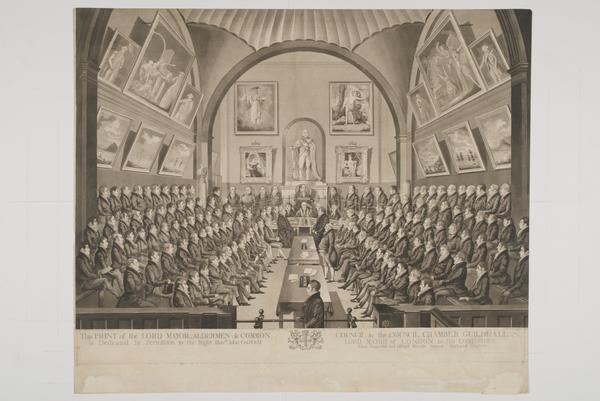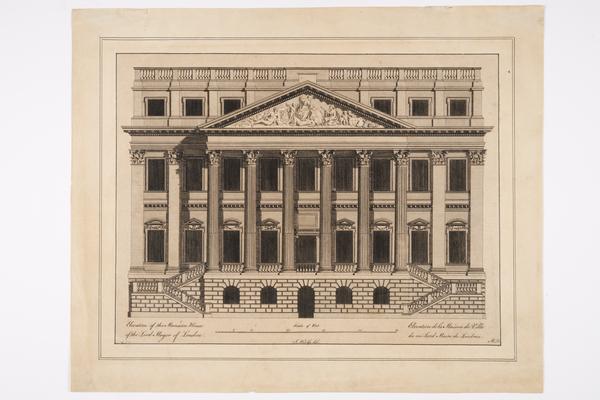The lord mayors of London
A lord mayor has run the City of London for over 930 years. More than just the feathered hat and fancy robe, they’ve played a key role in some of London’s major moments. Just don’t confuse them with the mayor of London, who’s responsible for the capital’s 32 other boroughs.
City of London
Since 1189

Henry Fitz Ailwyn, 1189–1211
Following the example of cities in Europe, London picked its first mayor in the 12th century. Like every lord mayor since, Fitz Ailwyn was chosen by the City aldermen, who represent the City’s 25 districts, called wards. As mayor, he was the king’s representative in London and the leader of the City’s elite. Fitz Ailwyn was a rich landowner, and seems to have been popular. In the 1190s, Londoners are said to have pledged they “would have no king but the mayor”.

William Hardel, 1215
In 1215, King John issued a charter confirming that London could choose its own mayor. It was a bid for the city’s support. But there was a catch – the mayor had to swear loyalty to the king. Within weeks, William Hardel, the first mayor chosen, joined a rebellion by powerful land-owning barons. They forced John to accept the Magna Carta, a pioneering agreement compelling the king to follow the law. Hardel was one of 25 barons chosen to ensure the king kept his word.

William Walworth, 1381
Every lord mayor is a member of a Livery Company, the groups that govern trade within the City. Walworth, who was originally from the north of England, joined the Fishmongers’ Company. He’s gone down in history for his part in ending the Peasants’ Revolt of 1381. In a meeting between the king and the rebel leader Wat Tyler at Smithfield, Walworth stabbed Tyler, then chased him down and had him executed. Walworth was knighted for his actions.

Richard ‘Dick’ Whittington: 1397, 1398, 1406, 1419
Dick Whittington is legendary as the central character of a Christmas pantomime about a poor boy seeking his fortune in London. But the real Whittington was the son of a rich knight. He came to London to be an apprentice mercer, a trader in luxury fabrics. He got rich, connected with the king and was elected as lord mayor three times. In the 16th century, Whittington’s story merged with a popular tale about a poor apprentice and his cat, evolving into the famous pantomime.

John Robinson, 1662
Samuel Pepys’ famous diary gives us lots of brilliant snippets of life in 17th-century London. With a new lord mayor typically elected every year, he had interactions with a few. One was John Robinson. Pepys and Robinson drank together on 17 March 1663 in a cellar under the Tower of London. By the end of the night, Pepys reckoned Robinson was “a talking, bragging Bufflehead”.
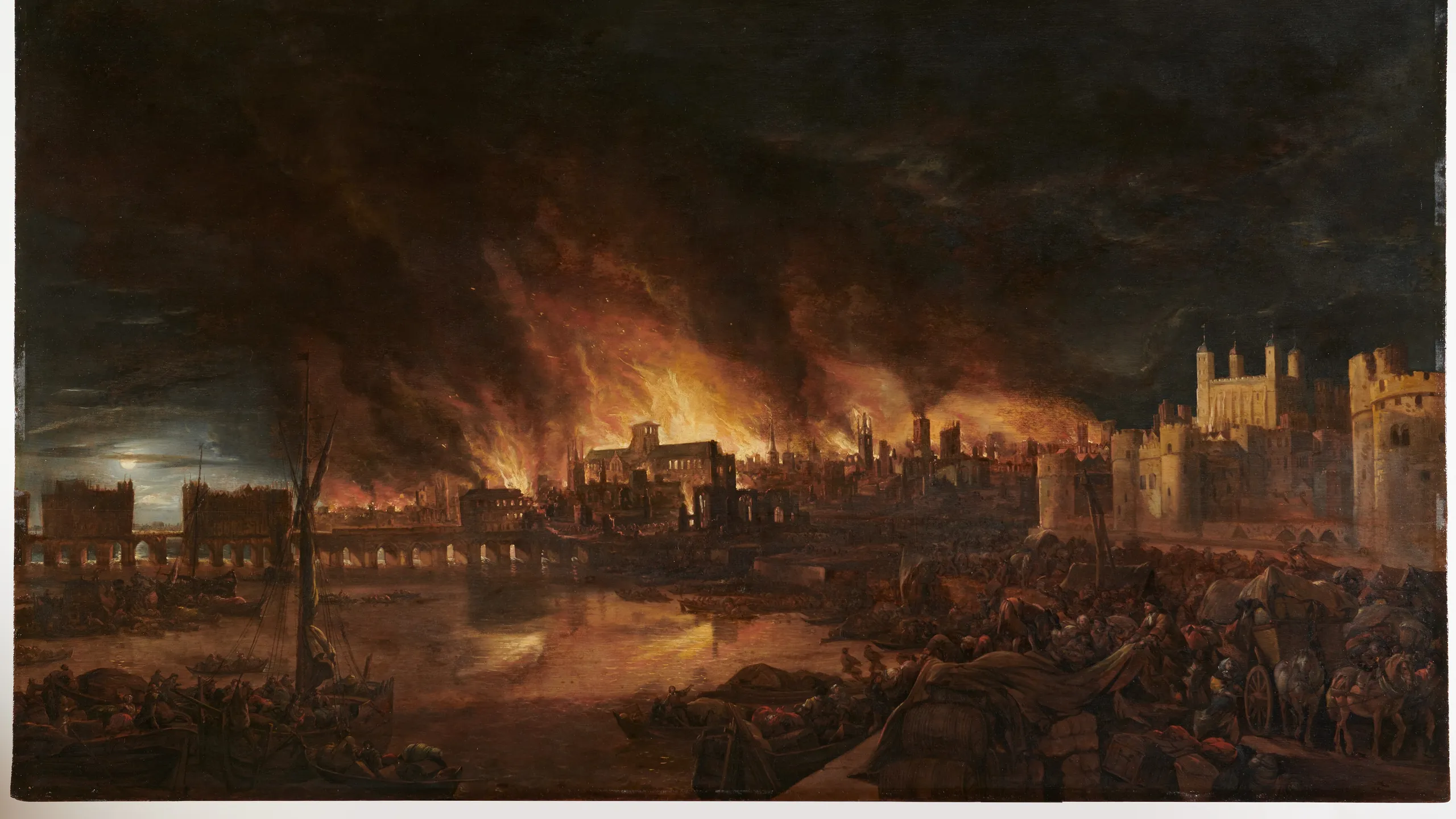
Thomas Bludworth, 1665
In 1666, London was struck by the devastating Great Fire. Pepys was on the scene. He reported that when the lord mayor Thomas Bludworth first saw the fire, Bludworth commented, “a woman could piss it out.” The fire grew, and Bludworth changed his tune. “Lord! What can I do? I am spent: people will not obey me. I have been pulling down houses; but the fire overtakes us faster than we can do it.” Bludworth, Pepys tells us, then decided “he must go and refresh himself, having been up all night.”

William Bolton, 1666
London’s next lord mayor didn’t cover himself in glory either. Traditionally, a lord mayor would receive money to do up his house when he took the role. But this was 1666. The city was in ruins after the Great Fire. Would Bolton take less? He refused. Bolton was also accused of stealing £1,800 meant to go to poor Londoners who’d suffered in the fire.

John Wilkes, 1774
John Wilkes was a popular radical politician who became a symbol of liberty and pushed for changes to the way Parliament worked. In 1764, he was booted out of Parliament after criticising the king. While he plotted his return, Wilkes built support in London and became lord mayor in 1774. He poured money into entertaining guests, spent more than his allowance and ended his time as mayor in debt.

David Salomons, 1855
In 1855, Salomons became the first Jewish lord mayor of London. Salomons was a respected banker and one of a group of Jewish people who campaigned to be treated equally by law. Jewish people were prevented from taking certain public roles because they had to swear a Christian oath. Rule changes eventually allowed him to become lord mayor, and later the member of parliament for Greenwich.

Mary Donaldson, 1983
Mary Donaldson was the first woman to be lord mayor of London. A former nurse, she ordered that anyone calling her ‘lord mayoress’ should pay a £1 fine to charity for using the gendered title. “The fact that I’m a woman is purely biological,” she told an interviewer. “If it encourages other women to take more positions of responsibility, then it’ll have achieved something, but I’m not a feminist.”

William Russell, 2021 & 2022
The ancient title of lord mayor has evolved. Today, they head the City of London Corporation, which governs the City. They also act as an ambassador for the City’s financial and professional services industry, which includes banking, insurance and law. William Russell, who became lord mayor in 2020, had made his name working in finance. Due to the Covid-19 pandemic, he stayed in the role beyond the usual 12 months.


